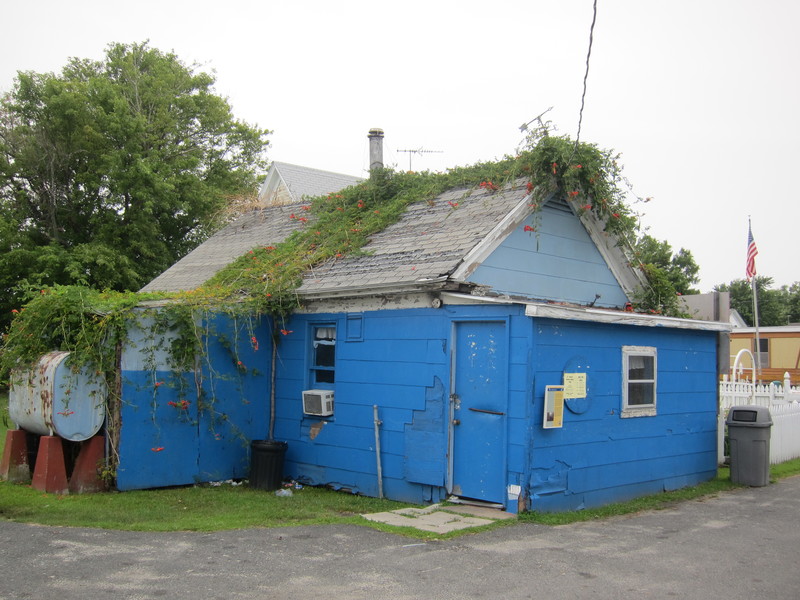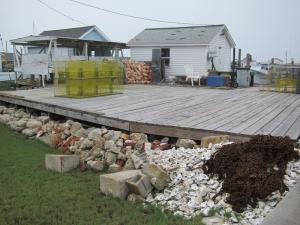Tangier Island still hanging on in the lower Chesapeake
Capt. Milton Parks owns the only marina on the island of Tangier, in the middle of Virginia’s lower Chesapeake Bay. He’s plenty weathered and ruddy from decades of fishing nets and pulling crab pots. Congenial too. His marina’s the same way.
As we rode the alley-width streets in his golf cart - that’s how they get around on Tangier - he talked about running menhaden boats for Otis Smith’s Fish Products operation in Lewes. Lots of Tangiermen worked for Smith. Pulling nets and handling fish is in their blood. When the fish ran in the ocean, the boats fished out of the Lewes processing facilities. When the fish were running in the Chesapeake, the boats ran out of Reedville, on the western shore just across from Tangier.
Geographically speaking, the island is between the two and sent fishermen east or west depending. Each of the communities has its refined sides and each has its rough-and-tumble sides, though Lewes much less now. Gone are the fish guts and the nose-burning smells that kept the tourist trade streaming southeastward to Rehoboth. Most of all the Fish Products plant is gone, replaced by large new homes on the bayfront. There are still lots of days when Reedville smells like Lewes used to when the Fish Products steamers were cooking oil out of menhaden. To visitors, it can burn your eyes. The fishermen and the owners just say: “Smells like money to us.”
Milton carried me uptown to buy a few bags of ice. Had to keep the coolers aboard Nellie Lankford and Jamma properly provisioned. They’re a matched pair of 22-foot C-Dorys that Pat and Mary (my brother-in-law and sister) and Becky and I use to explore the rivers and creeks of the mid-Atlantic. The small size of the vessels and their light draft make them ideal for the Chesapeake. They’re seaworthy and handle seas well when tides and winds buck each other, and they can duck and anchor way up in the protection of shallow creeks when red-celled thunderstorms whip up the winds.
We made Tangier after launching in the pretty creekside town of Onancock and spending an afternoon exploring the pristine beaches of little Watts Island. Inhabited only by birds, Watts is even more remote than Tangier.
Tangier is flat, studded with only a few trees, a water tower and a steeple, and exposed to weather on all sides. Out in Cod Harbor, on the southeast corner of the island, we anchored one evening with only a flock of feeding pelicans and a few red-billed skimmers keeping us company. As the sun set, we watched generator-fired house lights and streetlights randomly adding further definition to the thin line of the island. From that distance, and at that quieting time of evening, Tangier became an even more remote splinter in the universe.



















































